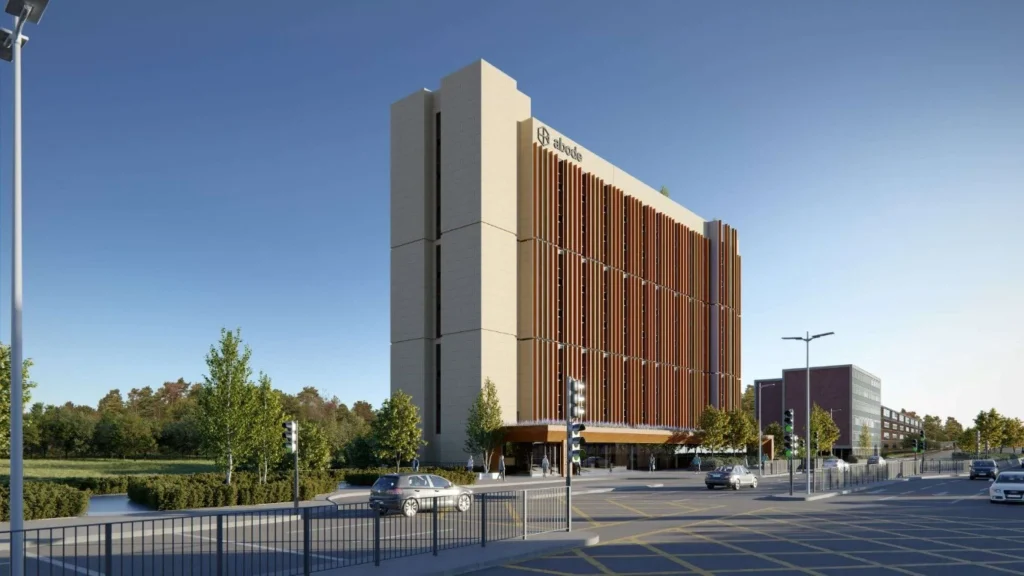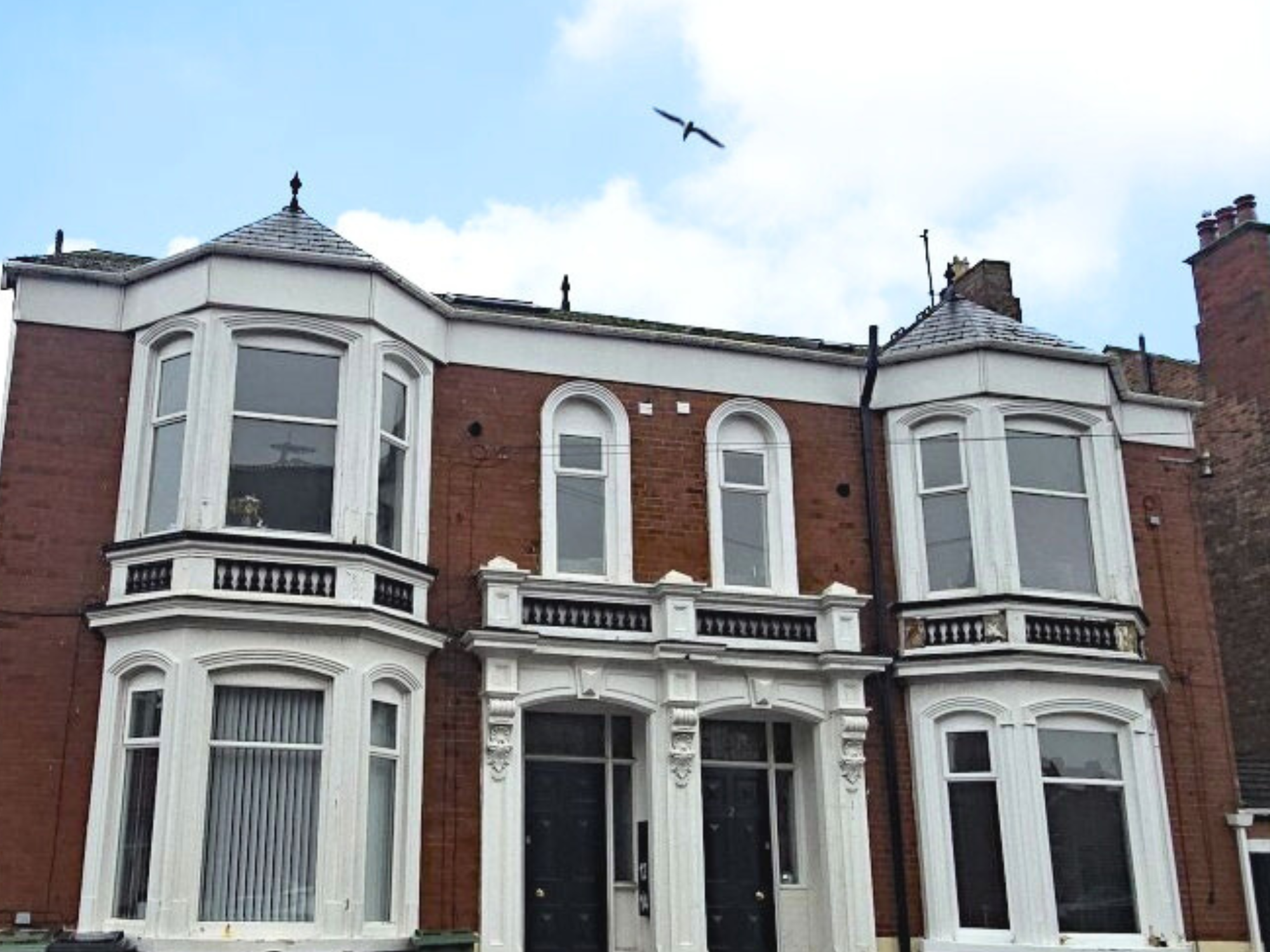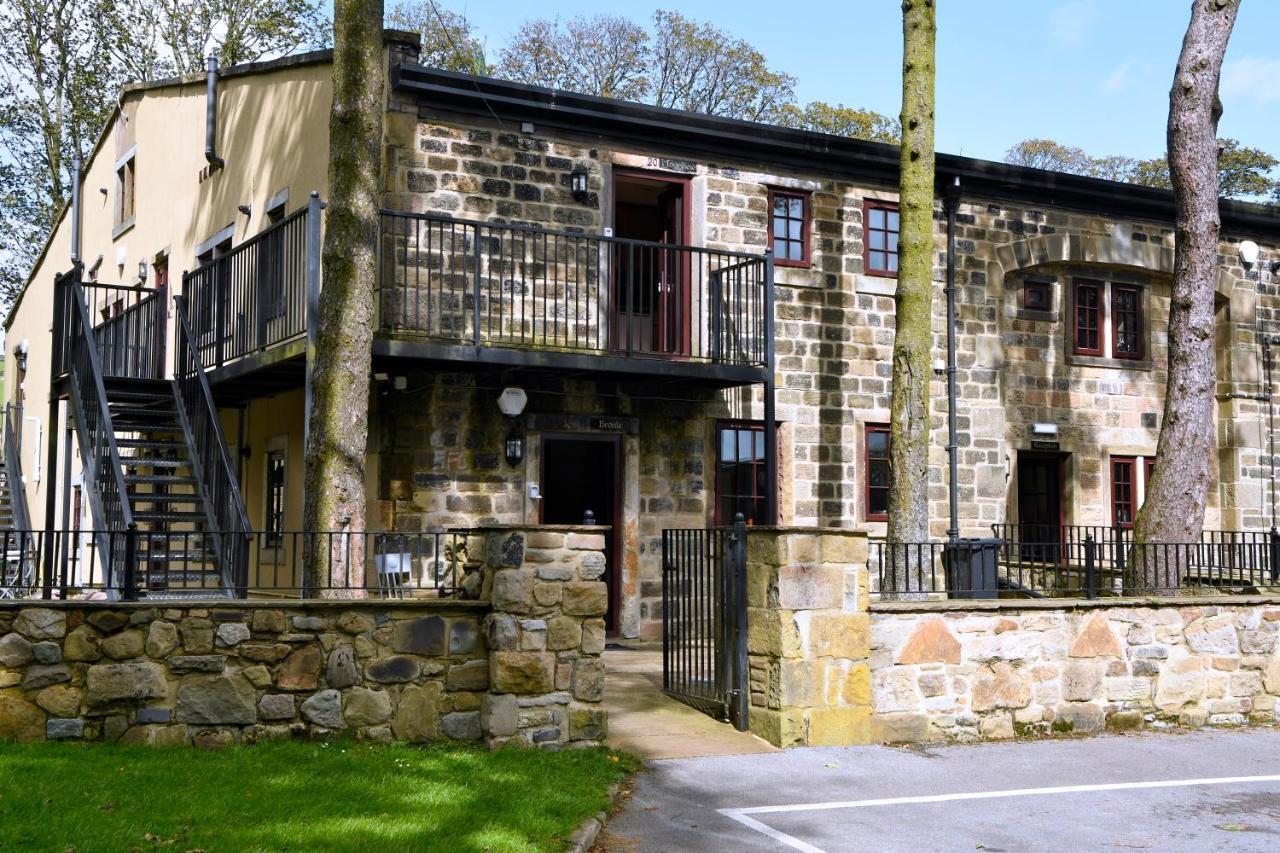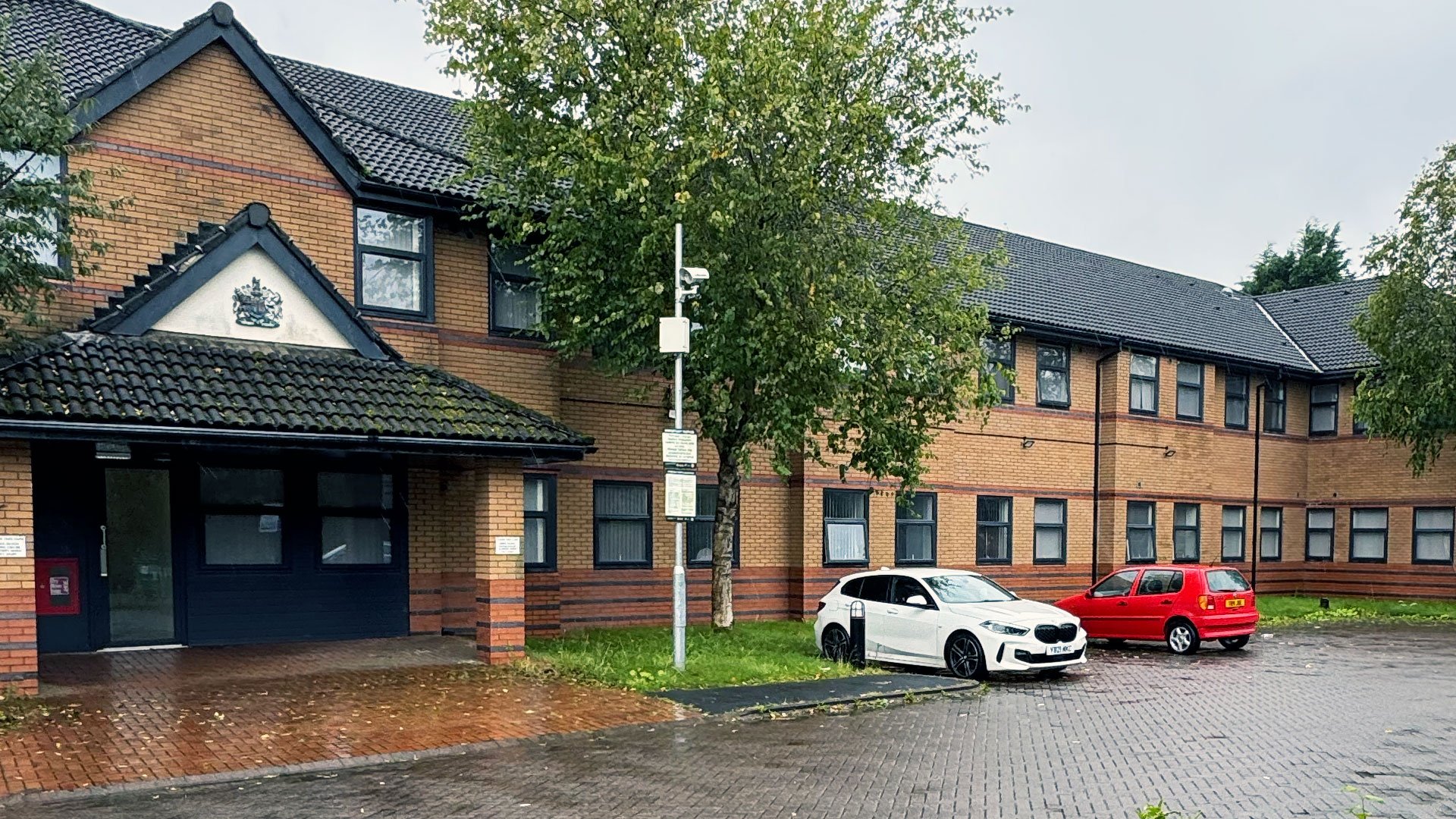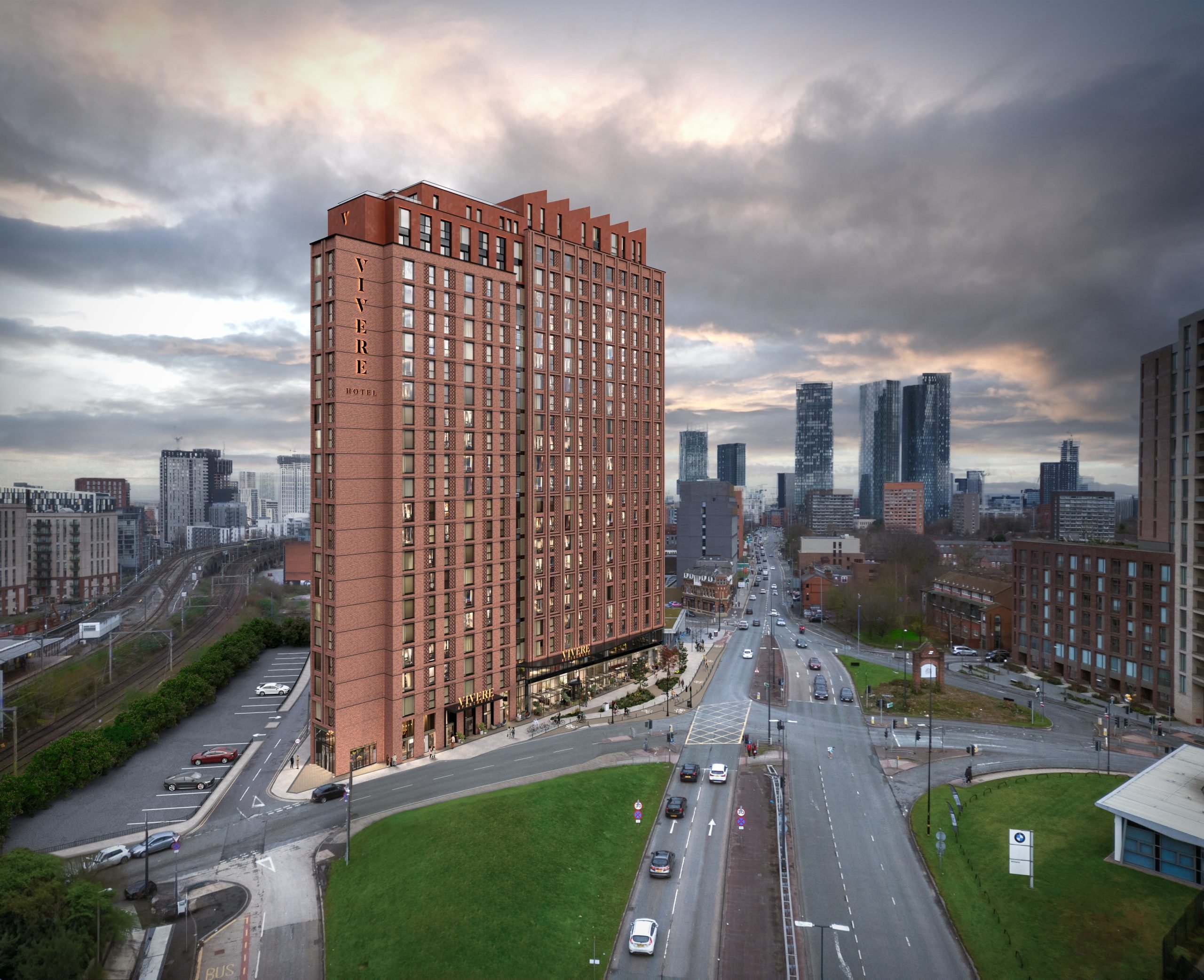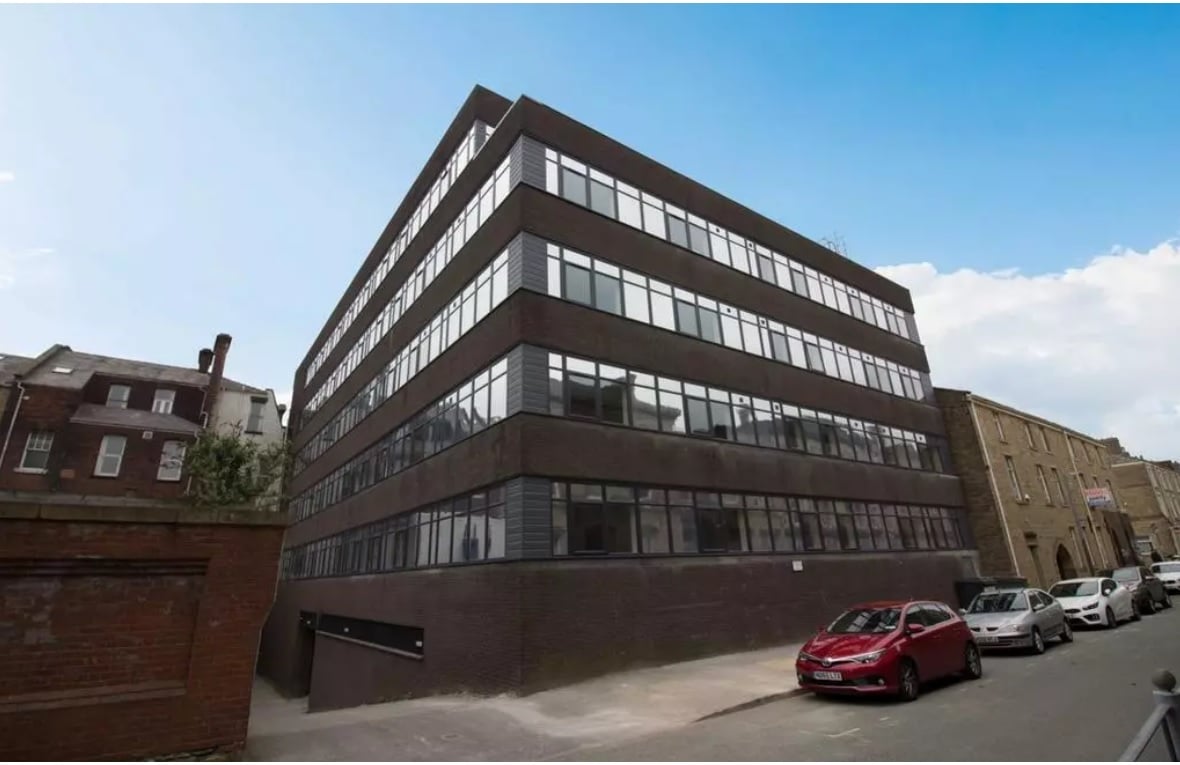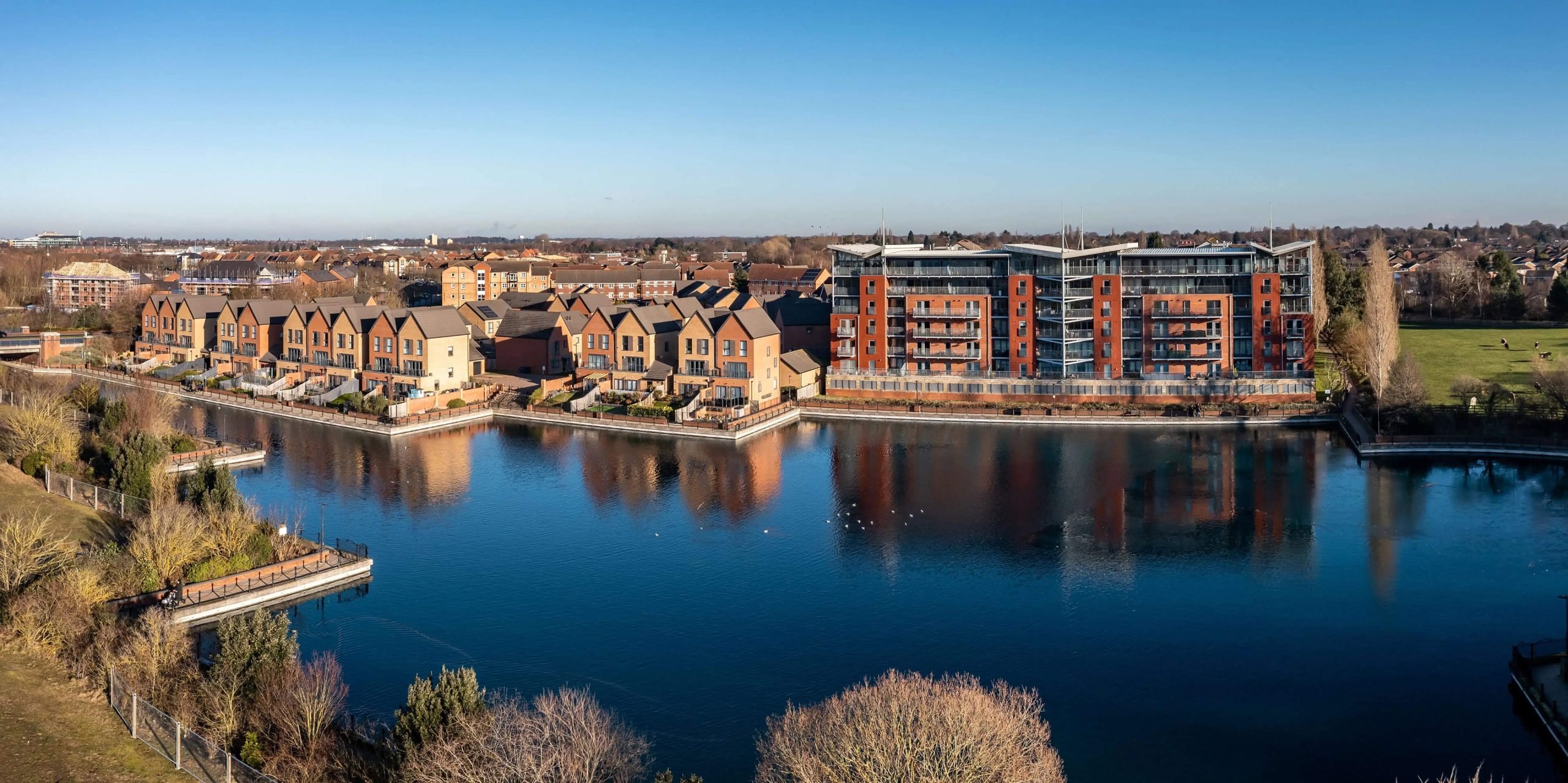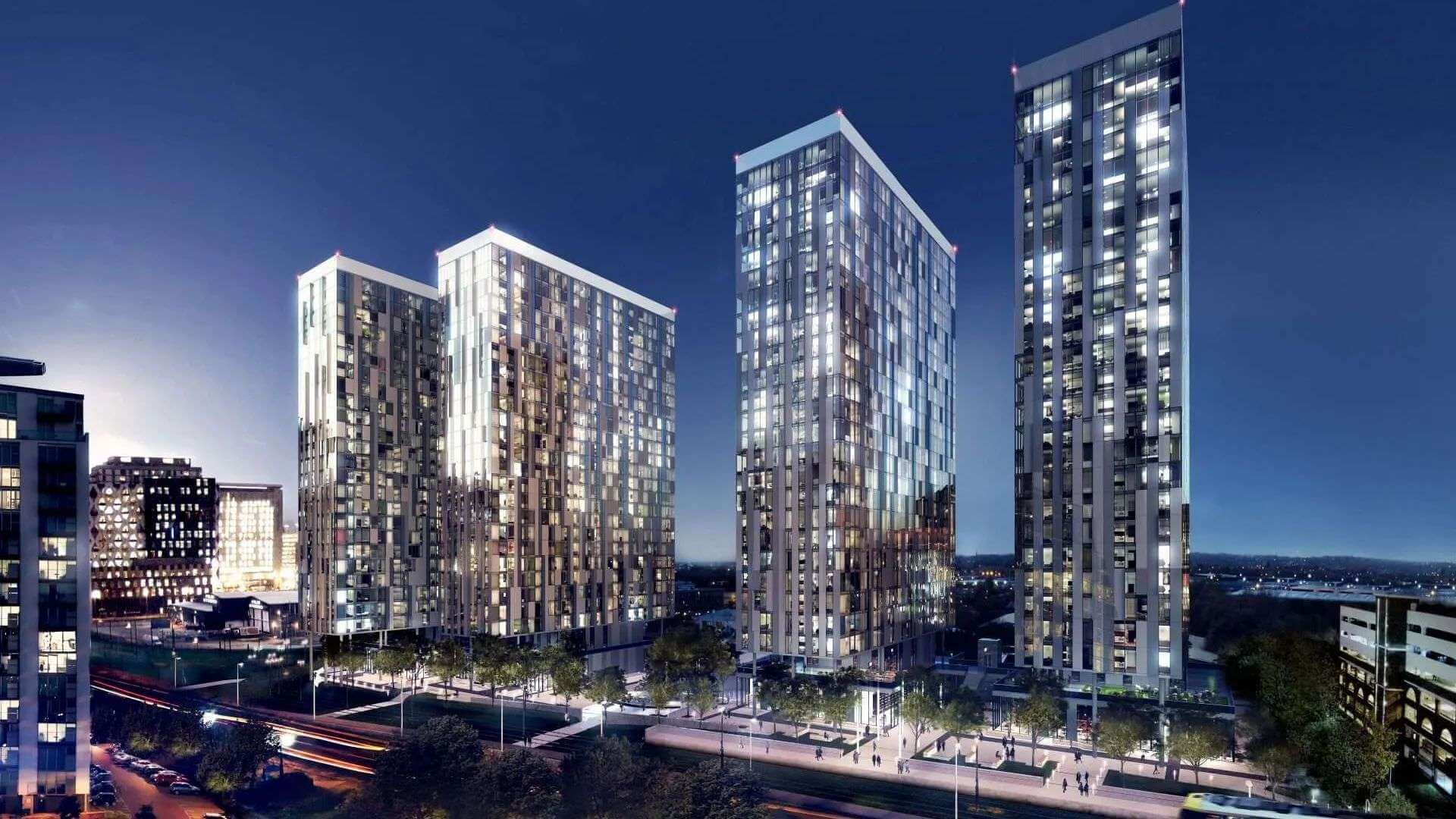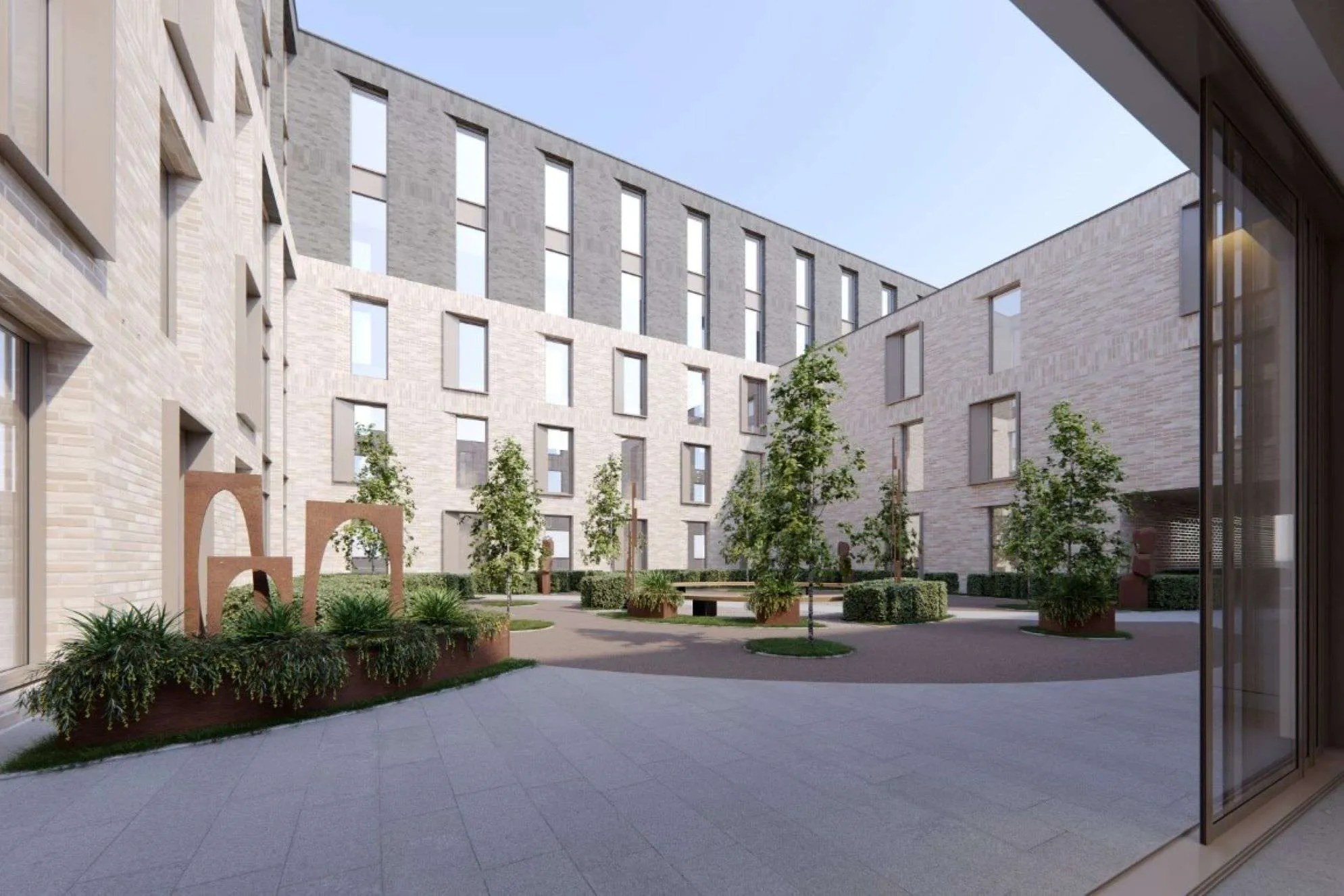- Speedy internet connection – 83%
- Inclusive bills – 74%
- Good storage – 72%
- Double beds – 61%
- Large, functional communal areas – 59%
- Close to campus – 55%
- Good transport links – 31%
- Good management – 66% of those surveyed said they had experienced problems with the way their property had been managed



